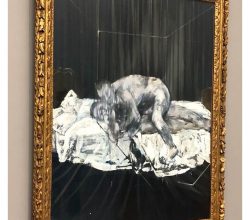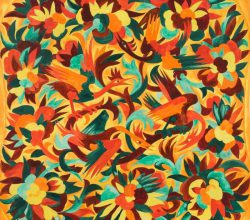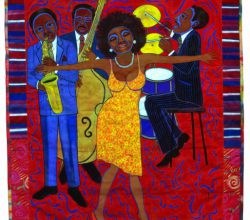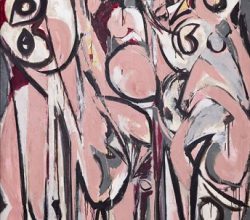
Francis Bacon: Couplings review – a taboo-busting opus of sizzling flesh
Jonathon Jones | The Guardian | 7th June 2019
Superb, museum-quality shows like this are rarely seen in private galleries. On top of this, the reviewer thinks Bacon’s already lofty reputation warrants further elevation. Works portraying sexual battle showcase his style of being both “precise and ungraspable”. “This exhibition makes a great case for Bacon as [Picasso’s] true heir: the only artist who could add to Picasso’s metamorphic lexicon of the human figure.”




